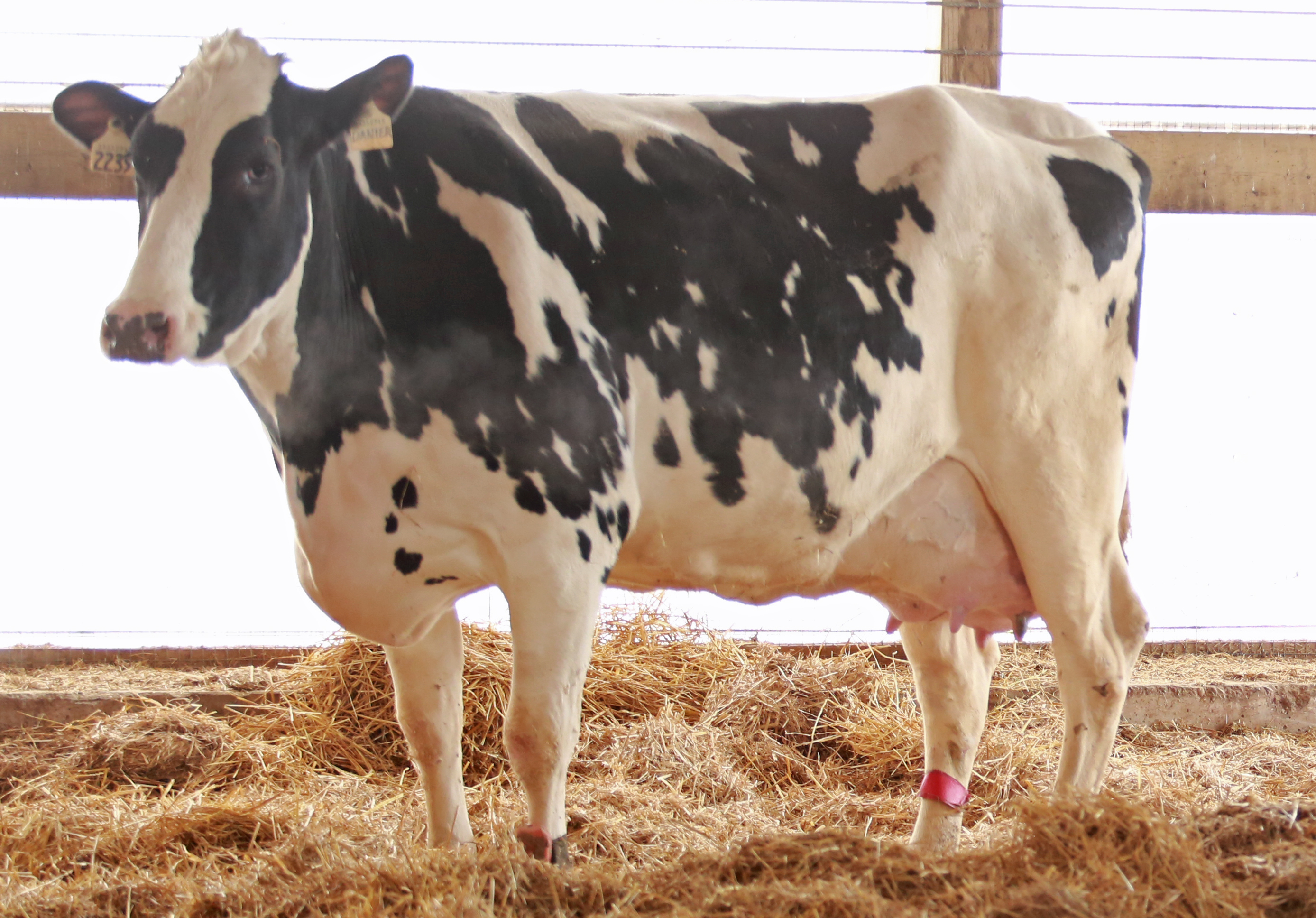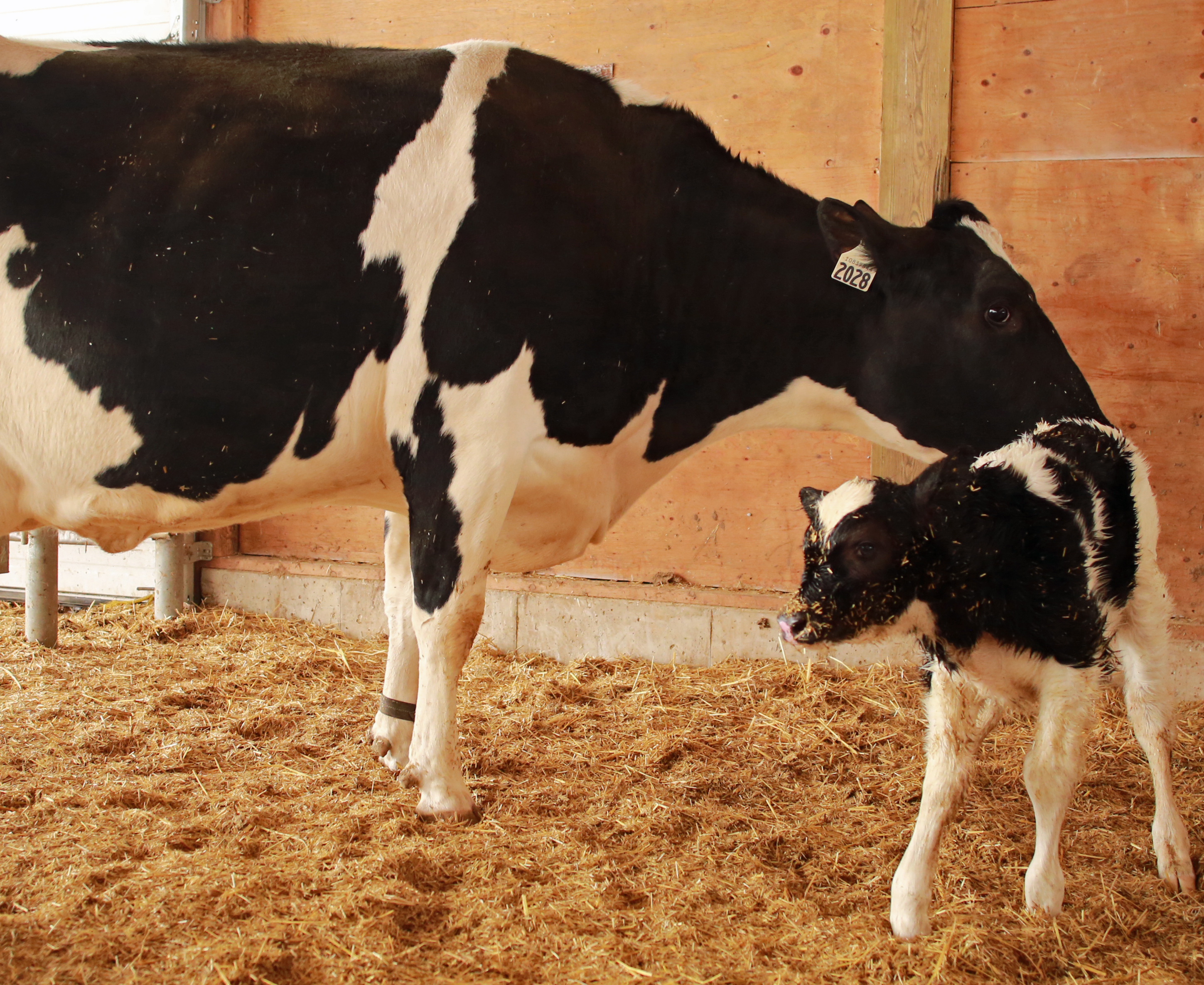Healthy Calf Conference
Follow to stay up-to-date on all Healthy Calf Conference updates. Speaker announcements, sponsorship information, registration announcements, and more.

Calves are not only a product of genetic selection and early growth, but of their experiences as a developing calf. The last trimester, typically coinciding with the dry period, is the time of greatest growth for the developing calf. However, early gestation represents a time of critical development with greater risk for future effects if this development is compromised.
Stress on the dam at periods throughout her gestation can exert long-lasting effects on her offspring. Appropriate nutrition is one of the most important factors during gestation, with other stressors having the ability to alter or program calf development:
• Heat stress
• Social environment
• Disease in the dam
These factors can also work together, with stocking densities and lameness having the potential to further limit intakes.
Stress such as nutrient restriction to the dam or the demands of high milk production has been shown to have effects on survivability, health and future productivity in several species. Challenges to the maternal environment may affect the future calf’s:
• Birth weight (although calves of normal birth weight can be affected as well)
• Ability to absorb antibodies in colostrum; even with high quality colostrum, calves may not get the protection they need
• Reproductive performance; quality and quantity of follicles may be compromised
• Milk production
Monitor body condition score throughout each lactation and dry period.
Good feed management is important to meet the needs of the cow and the developing calf, while avoiding overfeeding. The dam should maintain condition, rather than gain or lose.
• Exceeding requirements can negatively affect postpartum health of the cow, and potentially alter the calf’s future metabolic function and milking ability
• Overconditioned cattle are at greater risk of dystocia, challenging their transition and the survival and health of the calf
• Underfeeding can hinder development of the calf, and may affect its ability to absorb colostrum
Colostrum is composed of antibodies and can be enhanced through vaccination
• Contains other nutrient factors for the absorption of antibodies, as well as growth
• Vaccination in the dry period can increase the level of antibodies in colostrum
• For optimal protection, vaccinate at times of minimal stress to the animal, and consult with your veterinarian for the best vaccination protocol for your herd

Housing and management can contribute to stress that occurs throughout lactation and gestation in the following ways:
• Feed access: how many cows can eat, and for how many hours of the day?
• Cows should have feed in front of them 24 h/d
• Consider offering extra feed per day
• Increase push-ups and even out feed distribution
• In free stalls, smaller headlocks will not be filled to capacity, and rails can result in increased displacements at the feed bunk
• Ongoing forage evaluation – ensure they are getting the ration that is formulated
• Social environment: social hierarchies can create stress and decrease intakes
• Cows like to eat all at once; high stocking densities can compromise intakes
• Heat stress: associated with decreased feed intakes and can result in premature calvings
• Ensure appropriate ventilation, consider sprayers
• Watch for signs of crowding
• Disease: can decrease intakes, while also increasing nutrient demands
• Movement: work with your veterinarian to develop a protocol to reduce stress from pen changes at calving time, such as introduction to close-up maternity pens 14–21 days pre-partum
Management of the dam during lactation and the dry period is important for the health and productivity of her developing calf. However, the dam’s condition prior to calving will determine the success of her transition. How much of an energy deficit (negative energy balance) she experiences, and whether it began prior to lactation can continue to have effects into subsequent breedings.
Consult with your management advisory team regarding the possible benefits of implementing or updating your monitoring and dry cow programs and keep in mind the effects of the cow on her calf, at all stages. These calves are your future milking herd!
dry cow brochureFollow to stay up-to-date on all Healthy Calf Conference updates. Speaker announcements, sponsorship information, registration announcements, and more.
The Codes of Practice are nationally developed guidelines for the care and handling of farm animals. They serve as our national understanding of animal care requirements and recommended practices.